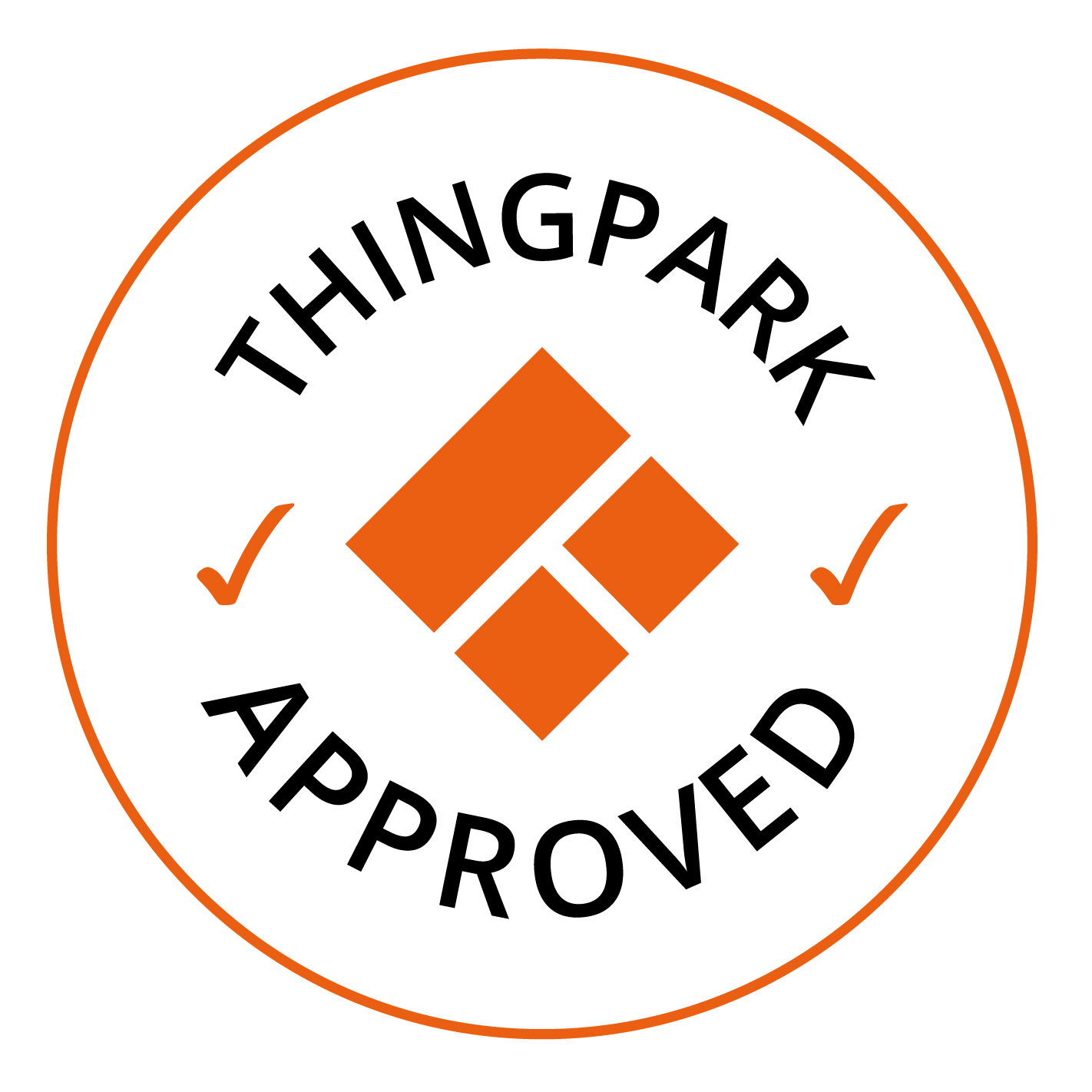How can you ensure end-to-end interoperability between products and services in an ecosystem?

Christophe Francois, vice president Ecosystem at Actility
In July Actility, a provider of low power wide area (LPWA) networking and the company behind the ThingPark LPWA IoT platform, launched the ‘ThingPark Approved’ programme. Actility also welcomed the first partners to achieve ThingPark Approved status.
Covering the solution spectrum from sensors and modules to gateways and ultimately applications, ThingPark Approved products are evaluated across a range of interfaces and integration points to ensure interoperability within an end-to-end solution. Highlighting the diversity of partners in the ThingPark Ecosystem, Actility announced ThingPark Approved status for Adeunis RF, AllThingsTalk, ATIM, Daliworks, Expemb, Finsecur, Flashnet, Foxconn, Globalsat, IMST, Kerlink, Microchip, MultiTech, MyDevices, Nemeus, NKE-Watteco, Omniimpex, Rising HF and Sensing Labs.
Here, Jeremy Cowan of IoT Now talks to Christophe Francois, vice president Ecosystem at Actility.
IoT Now: What is Actility’s goal with the ThingPark Approved programme?
Christophe Francois (CF): Actility aims to help its partners simplify IoT deployment, accelerate IoT roll-out, and grow IoT revenue. The goal of the ThingPark Approved programme is to help our partners (device manufacturers, gateway manufacturers, design house, solutions providers, application developers) to fast-track their IoT solutions to market. ThingPark partners can connect and conduct interoperability testing of their products with our platform to achieve ThingPark Approved status, interact with other solution providers in the ThingPark ecosystem, and then market and sell their solutions in the ThingPark MarketPlace.
The ThingPark Approved programme also gives our Partners the opportunity to participate in co-marketing activity, join the ThingPark Approved partner catalogue, and all will be able to display the ThingPark Approved logo on their products, collateral and web-sites.
Lastly, the ThingPark Approved Programme will give confidence to the operators of a ThingPark-powered IoT network that a product to be connected to their network is fully functional and will inter-operate with the network without causing any network issues.
IoT Now: When did work start with programme partners on their Approvals? How long do Approvals generally take to complete?
CF: The first partners’ products began testing around 6 months ago, in February 2016. Approvals will usually be completed within 2 weeks (depending on how often the end device application can be set to send an uplink message). Actility is currently working on automating this test procedure, so that in the medium term, it will be executed directly by the partner through a user dashboard in the ThingPark Partner web site.
IoT Now: What is the process that partners must go through for Approval?
CF: The partner must first join the Partner Programme on-line through our ThingPark Partner web site (trial periods are available for developers or device partners). When joining the programme, the partner agrees and signs the Partner Agreement on-line. Then the Partner:
- Pays at least the annual subscription fee (€500) and the test package fee (€500 per device / channel plan).
- submits a description of its product on line
- provides sample device(s) to Actility for testing
- tracks and manages the evaluation process to achieve ThingPark Approved status through a Partner Dashboard
After becoming ThingPark Approved, the partner can join the Marketplace to promote and market its products with the ThingPark Approved logo.
IoT Now: You describe this as a business enabler, not a certification programme. Can you expand on that?
CF: The ThingPark Approval Program is not a replacement for the LoRa Alliance LORaWAN Certification process, which is aimed at radio and network behavior rather than end to end service interoperability. It is complementary to it, by ensuring that the ThingPark approved product can easily be connected to the ThingPark platform and provide the application data to where it is needed.
IoT Now: In the absence of global IoT standards we are seeing the rise of ecosystems. Will they remove the need for some standards?
CF: The global IoT market is growing very fast and the big challenge for the normal standards bodies is to be able to ratify, implement and “productise” IoT standards in a timely manner. In the meantime, market driven industrial alliance standards are available to bridge the gap until they can be incorporated by the formal standards bodies. Actility believes that open innovation around shared standards is the proven way of growing a market, and we can see examples of both formal standards-body driven success stories and industry alliances (e.g. the Internet or global mobile telephony, and the Bluetooth protocol)
IoT Now: The ThingPark ecosystem covers a wide spread of solutions. Can you give our readers an Idea of the range? What types of solution are included?
CF: Thanks to its partners’ diversity, the ThingPark Ecosystem covers a wide range of products from sensors and modules, through gateways and connectivity, to application platforms, data analytics and end user applications. As a result, the full breadth of IoT vertical markets are covered: Smart Cities, Factories and Industrial applications, Agriculture, Facility Management, Health care or dedicated networks for specific verticals, e.g. airport management.
Examples of applications include air quality measurement, cattle tracking and health monitoring, energy efficient street lighting solutions, smart parking, monitoring wind turbine performance and maintenance requirement, and even better mousetraps (which report when they have trapped a rodent, optimising the efficiency of the pest control operatives that empty them)
IoT Now: Can you give examples of how the scheme has accelerated IoT deployments?
CF: The ThingPark Approved programme guarantees easy and quick connection of any Approved product to a LPWA Network to provide the desired service, without any risk for the manufacturer nor for the network operator. This programme also accelerates the partner on-boarding to ThingPark, builds market awareness for them through our partner catalogue and grows their business through ThingPark marketplace.
This scheme and its associated tools (web site with partner zone, interoperability procedure partially automatised, etc.) constitute a way for our partners to fast-track their IoT projects to Market. The ThingPark Approved programme optimises and industrialises a process that has already supported accelerated deployments such as the national LoRaWAN IoT networks rolled out by KPN in the Netherlands or Proximus in Belgium, both of which are already supporting applications such as smart parking, airport asset tracking, and facilities management (including better mousetraps!)
IoT Now: What are the next steps for Actility and ThingPark?
CF: The ThingPark Approved programme is the latest stage in the development of Actility’s ThingPark IoT solutions platform. Alongside ThingPark Marketplace, the platform comprises the ThingPark Wireless LPWA network, providing long-range coverage for low-power consumption sensors, and ThingPark Mash-up, enabling developers to create applications using the installed base of ThingPark Approved sensors, exposing sensor capabilities and access to sensor data through open APIs.
With large scale national IoT deployments continuing around the globe, the footprint of ThingPark powered networks is expanding rapidly. Actility will also now begin to target enterprise customers and solutions with our partners such as Cisco and Inmarsat.
The author of this article is Jeremy Cowan, editorial director of IoT Now & VanillaPlus. He was talking to Christophe Francois, vice president Ecosystem at Actility.
Comment on this article below or via Twitter @IoTGN
